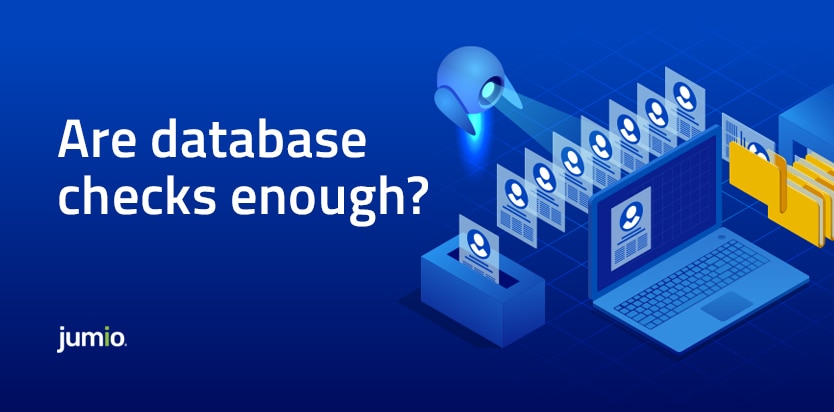
When the world first went into a pandemic lockdown, it became necessary — almost overnight — to transact and interact online. This, in turn, accelerated the shift toward digital identity (ID) systems for many countries.
Why digital IDs? Essentially a set of electronically captured credentials about a person, these digital IDs help ensure that everyone has the means to verify their identity in order to transact with public and private sectors online.
As activities and interactions become more digitized, regulators worldwide have started making digital IDs a precondition for accessing e-government services. Even private organizations are in full swing with digital ID for reasons of security, fraud avoidance and a simpler experience. There is, however, the risk that this may inadvertently omit the digitally disenfranchised (those with limited digital skills or financial means), leaving them unable to access the very services — such as banking, health care and grants — that they may need.
What can we do to ensure a more inclusive system?
A multifaceted challenge
For any digital ID system to be effective and inclusive, it needs to build strong enrollment levels. However, achieving a high sign-up can be complicated in any context.
Consider those aged 65 and above. A Singapore survey found that, similar to other countries worldwide, the elderly are among the least technologically savvy demographic. About 58% of residents above 60 years old were internet users versus 89% for all residents. This rising generation of individuals did not grow up with technology and are at a considerable disadvantage in an increasingly wired-up world.
When it comes to developing nations, the difficulty of rolling out any digital ID system is further exacerbated by the lack of ICT infrastructure and digital connectivity. Only about 35% of the population in developing countries have access to the internet.
Even in developed nations, high enrollment is not a given. Data privacy laws and rights in countries such as the UK mean citizens have to give their consent, in order to be captured in the identity database. If they choose not to enroll, this could limit the coverage of identity database representation of the population. Beyond these regulations, factors such as trust in the government is an important criteria that also affects the coverage of digital ID enrolment in different countries.
Then there are those with some form of ID, but who have limited ability to use it in the digital world. One estimate put this number at 3.4 billion people worldwide..
So, what does all these mean for businesses that rely on government and non-government database checks for their Know Your Customer (KYC) processes?
Overcoming the barriers
A first step to achieving alignment between database checks and KYC processes is to pay attention to and understand global KYC differences. Considerations include how:
- Locals who are not enrolled in the national ID database may be excluded from signing up for online services that use government databases for identity verification.
- Toggling between disparate interfaces (e.g., a banking app vs a national digital ID login page) could affect user experience and longer onboarding or logon times, which typically lead to increased drop-offs.
- Foreigners and expatriates may be unable to digitally verify themselves for services such as digital banking, online insurance, buying and activating SIM cards online, and health care.;
- Not all countries have a digital ID database, which could have ramifications for business scalability and operational costs when it comes to integrating with different databases when expanding across borders.
Businesses planning to fast-track the acquisition process by obtaining third-party databases for identity checks also need to understand that these directories may have varying degrees of representation coverage of the population. Much of this depends on where the databases are from.
For instance, telco databases may not include populations who are not part of their subscriber base, meaning that some commercial databases available for identity verification can cover a very limited portion of the population. This is a problem for online businesses seeking the widest market coverage in order to maximize their customer acquisition potential.
Taking the identity database approach to online identity verification also presents yet another set of challenges. This method fails to perform a critical check on who the person is submitting the identity data.
One way to remove the risk that the identity data is not provided by the real owner is to leverage smartphones. There are 6.64 billion smartphone users in the world today, comprising about 83.72% of the world’s population. With a smartphone, verifying a user’s identity could be as quick and simple as having a corroborating selfie taken alongside a government-issued ID, backed by liveness detection software. This could provide an effective, convenient and secure way to capture facial biometric data and supporting documents.
Some countries, such as the Philippines and Malaysia, are advocating for a combination of ID verification, biometrics and liveness detection to ensure that a fingerprint or face is from a live person at the point of capture. In fact, some regulators such as the Monetary Authority of Singapore are recommending using biometric technology in addition to other multi-factor authentication methods such as short message service (SMS) and one-time password (OTP).
Navigating the risks
Many questions continue to remain unanswered when it comes to addressing the challenges — from legislative to cultural — of ID verification across territories.
Working with a third-party solutions provider with strong domain expertise and infrastructure will help ease the implementation and improve the efficiency of KYC processes for digital businesses. Get it right, and this could drive substantial value creation in customer gain and retention across a wide spectrum. Jumio offers a unique hybrid approach of informed artificial intelligence, machine learning and face-based biometrics to verify the identities of online users conveniently and securely. This provides a perfect combination and safety net for businesses to thwart fraud, simplify KYC compliance and reliably determine if their customers are who they claim to be.

